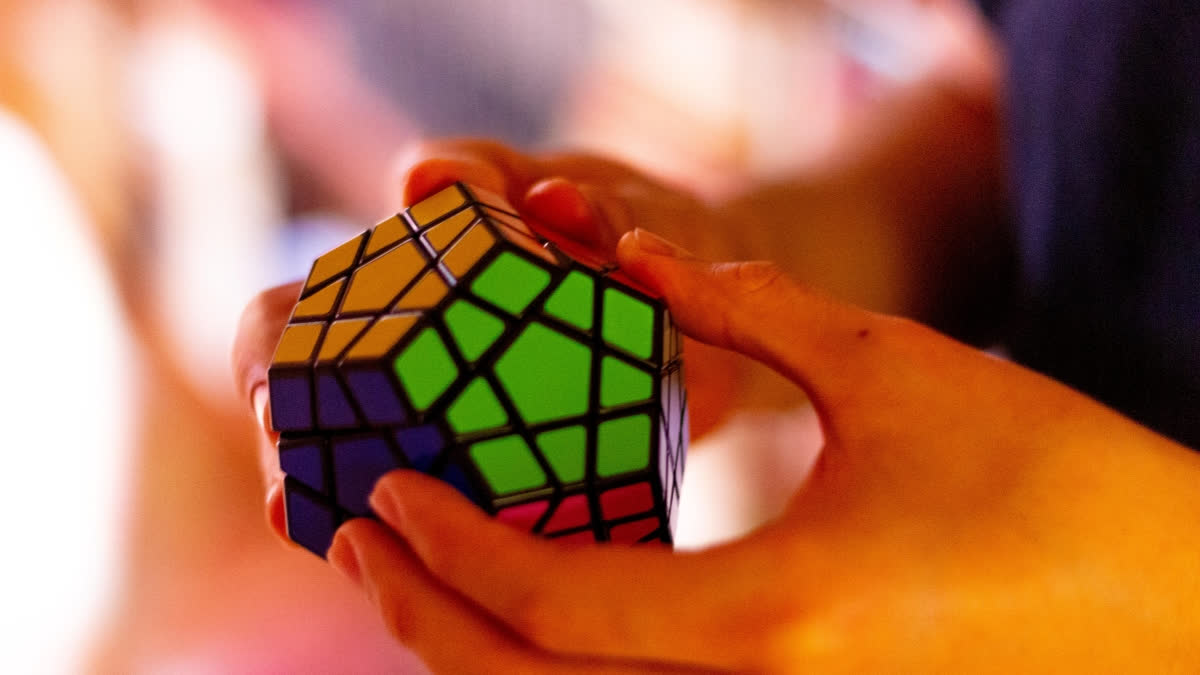New Delhi: People with higher intelligence were found to take more time to solve difficult problems than those with lower intelligence, in a new study that wanted to understand how the brain's decision-making processes work. Those with lower intelligence, or those with reduced synchrony between brain areas, were found to "jump to conclusions" when making decisions, rather than waiting until their other brain regions could complete the processing steps needed to solve the problem.
Researchers in the study from Berlin Institute of Health at Charite (BIH) and Charite - Universitatsmedizin Berlin, Germany, performed brain simulations of 650 participants' "personalised brain models", created using data from these people to refine a "general" human brain model. The "general" model was initially constructed using digital data from MRI brain scans as well as mathematical models based on biological processes.
Publishing their findings in the journal Nature Communications, the researchers also found that while the higher intelligent models also needed more time to solve challenging tasks, they made fewer errors. The human brain's amazing range of capabilities is made possible by the 100 billion or so neurons, each of which connects with an estimated 1,000 neighbouring or distant neurons to form an unfathomable network.
MRI scans showed slower solvers to have a higher average functional connectivity, or temporal synchrony, between their brain regions, something further corroborated by in silico brain models used in the study. The models revealed this greater synchrony to allow neural circuits in the frontal lobe to hold off on decisions longer.
Also read:Covid-19 also hit married couples as interactions went for a toss
On the other hand, reduced synchrony was found to result in the information required for decision-making neither being available when needed nor being stored in working memory. "Synchronisation, i.e., the formation of functional networks in the brain, alters the properties of working memory and thus the ability to 'endure' prolonged periods without a decision," explained Michael Schirner, lead author of the study.
In everyday terms, an easy task would consist of quickly braking at a red light, while a hard task would require methodically working out the best route on a road map. In the study, participants were asked to identify logical rules in a series of patterns, the complexity of the rules increasing with each task. In the brain model, a so-called winner-take-all competition was observed to occur between different neural groups involved in a decision, with those neural group(s) prevailing for which there is stronger evidence.
While making complex decisions, such evidence is often not clear enough for quick decision-making, literally forcing the neural groups to jump to conclusions. "In more challenging tasks, you have to store previous progress in working memory while you explore other solution paths and then integrate these into each other. "This gathering of evidence for a particular solution may sometimes takes longer, but it also leads to better results.
"We were able to use the model to show how excitation-inhibition balance at the global level of the whole brain network affects decision-making and working memory at the more granular level of individual neural groups," said Schirner. The 650 participants came from the Human Connectome Project, a US initiative that has been studying neural connections in the human brain since September 2010. (PTI)
